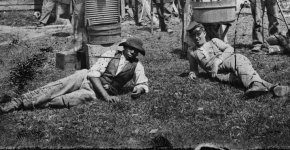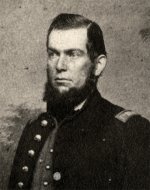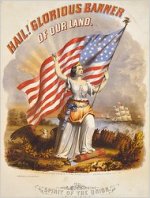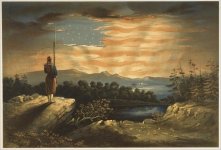jazzeum
Four Star General
- Joined
- Apr 23, 2005
- Messages
- 38,888
May 20, 1861. North Carolina becomes one of the last states to leave the Union. At the time of secession, North Carolina Unionists opposed secession, not because they were anti slavery, but because the Union offered the best safeguard for slavery. George Badger, a delegate to North Carolina's convention on secession, called it the "death knell of slavery."
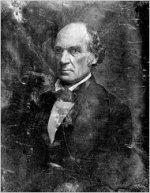
The attitude of Jonathan Worth, a State Senator, may have been typical of many: "Peaceable secession would soon annihilate slavery. War, long continued, will ruin every peaceful citizen and end in the total overthrow of civil liberty and the abolition of slavery. I think the South is committing suicide, but my lot is cast with the South."
The article can be accessed here.

The attitude of Jonathan Worth, a State Senator, may have been typical of many: "Peaceable secession would soon annihilate slavery. War, long continued, will ruin every peaceful citizen and end in the total overthrow of civil liberty and the abolition of slavery. I think the South is committing suicide, but my lot is cast with the South."
The article can be accessed here.


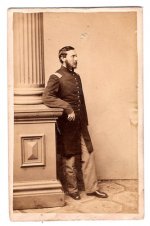
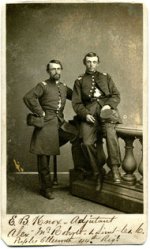
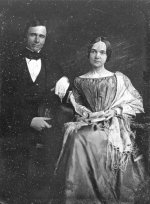
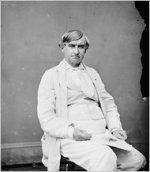
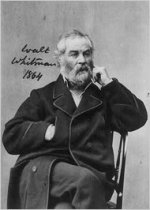
![disunion_knoxville-jumbo[1].jpg disunion_knoxville-jumbo[1].jpg](https://forum.treefrogtreasures.com/data/attachments/53/53964-886ca1baffce3f5b32c0f3db6bb68090.jpg)
